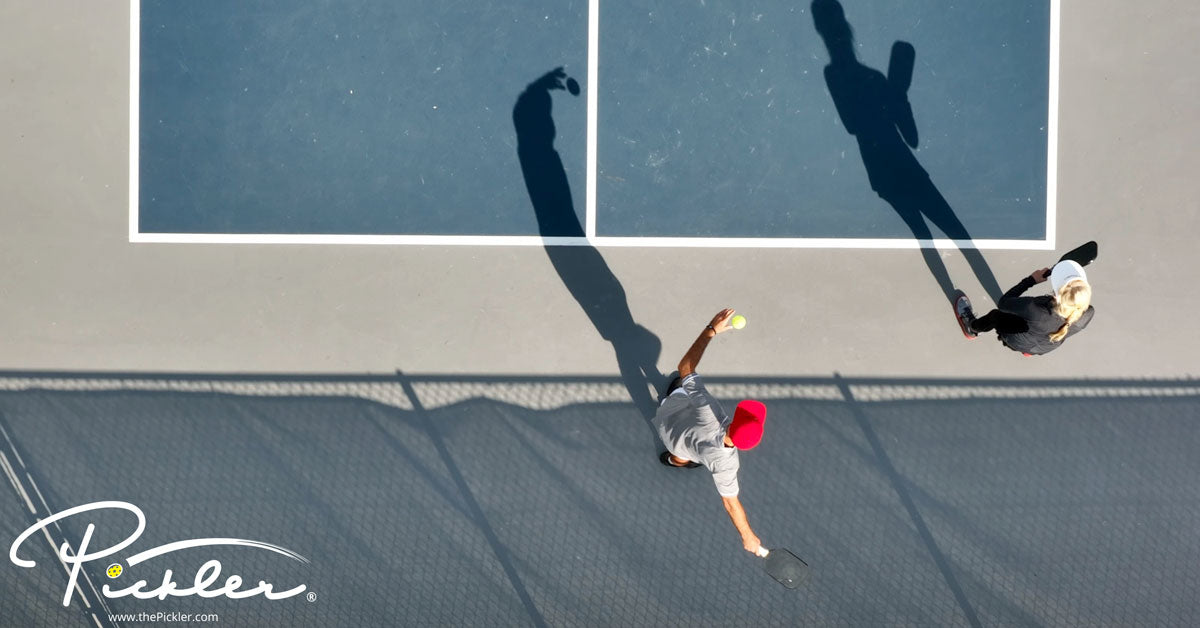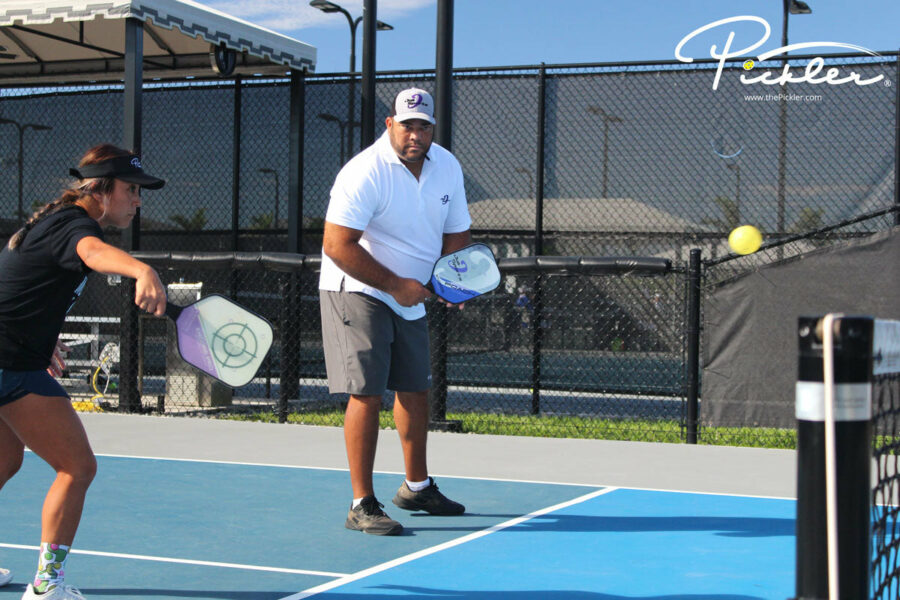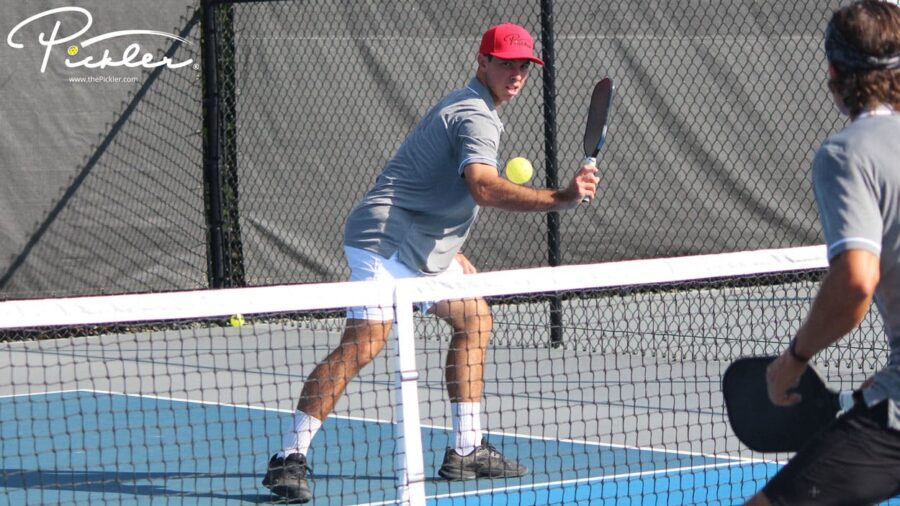In traditional doubles pickleball, partners will switch sides of the court for each point scored. The player starting on the right-hand side of the court will switch to the left-hand side of the court after one point is scored. When the next point is scored, the partners will switch sides of the pickleball court again, so that the partner starting on the right-hand side of the court will be on the right-hand side whenever the score is even and will be on the left-hand side whenever the score is odd. And, vice-versa, the partner starting on the left-hand side of the court will be on the left-hand side whenever the score is even and will be on the right-hand side whenever the score is odd.
But, these partners do not have to stay in those positions! If you are on the serving team, you can switch sides after the serve. If you are on the receiving team, you can switch sides after the return of serve. You can do this per the rules of pickleball with a pickleball strategy called stacking.
What Is Stacking in Pickleball?
Stacking is a pickleball strategy that is used to keep each partner on a doubles pickleball team on their respective preferred side of the court. In other words, after the serve or return of serve (as applicable), you and your partner can avoid switching sides and stay on the same side of the pickleball court throughout the game. So, if one partner wants to stay on the right-hand side of the court (or vice-versa), stacking can help you accomplish this.
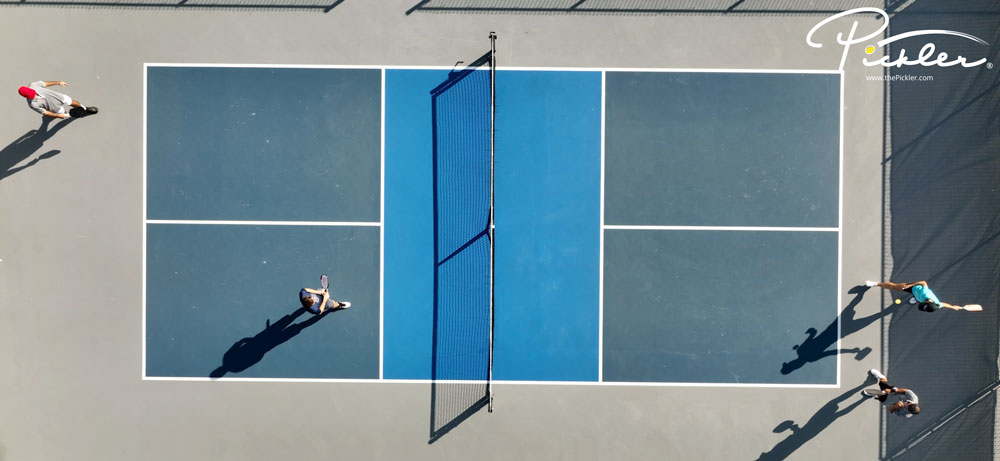
When & Why to Stack on the Pickleball Court
Stacking is a popular pickleball strategy in the following circumstances:
- When your partner plays with the opposite hand as you (think a righty and a lefty), you will want to stack so that both forehands are in the middle of the pickleball court;
- When one player has a stronger forehand or backhand than the other, you will want to stack to keep the player with the stronger forehand or backhand toward the middle of the pickleball court;
- When one player has a particular weakness or a particular strength, then stacking could help you emphasize the strength or hide the weakness. For instance, if one player has weak mobility and your opponents are throwing up a lot of lobs, you may want to stack to keep the player with the stronger mobility with the forehand toward the middle of the pickleball court to track down more lobs;
- Where you and your partner have a stronger match up when you are across the net from a particular opponent; and
- When you need to change your strategy and give your opponents a different look and change the momentum of the game.
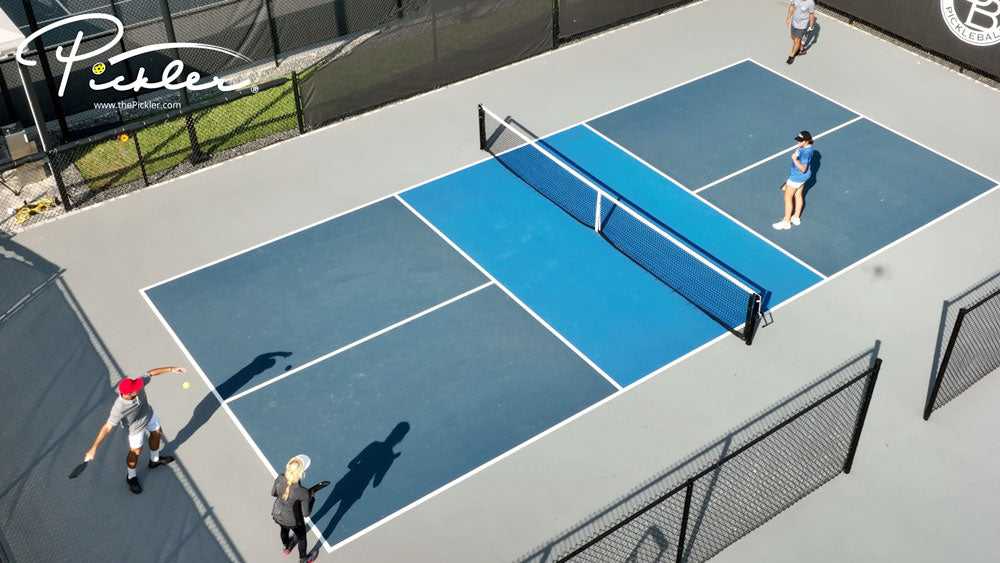
Cons of Stacking in Pickleball
Stackers beware! While stacking can be a great pickleball strategy to implement, it does come with some risk.
When stacking, it is easy to get lost of who is the correct server and who is the correct receiver. Remember, the partner can only switch sides of the pickleball court after the serve or return of serve (as applicable). So, it is important to be in the correct positions for the serve and/or return of serve. If you or your partner are in the wrong positions (i.e. being the incorrect server or incorrect receiver), you will lose the rally and may inadvertently give your opponents an easy point. So, it is important to pay attention to the score when stacking!
Also, stacking requires extra movement on the pickleball court. This extra movement does not only result in extra exertion on the pickleball court, but also can result in more unforced errors and easy points for your opponents. You and your partner are more likely to make mistakes when moving around and switching sides of the court.
So, while stacking can be a great strategy in a lot of circumstances on the pickleball court, it is not right for everyone or every circumstance. With that said, it is certainly a strategy worth learning and mastering, so you can have it in your “back pocket” for those times when it is a good strategy to deploy.
Do you want to try stacking with your partner in doubles pickleball? Learn how to stack on the pickleball court with Pickler’s “How to Stack in Pickleball” article.

